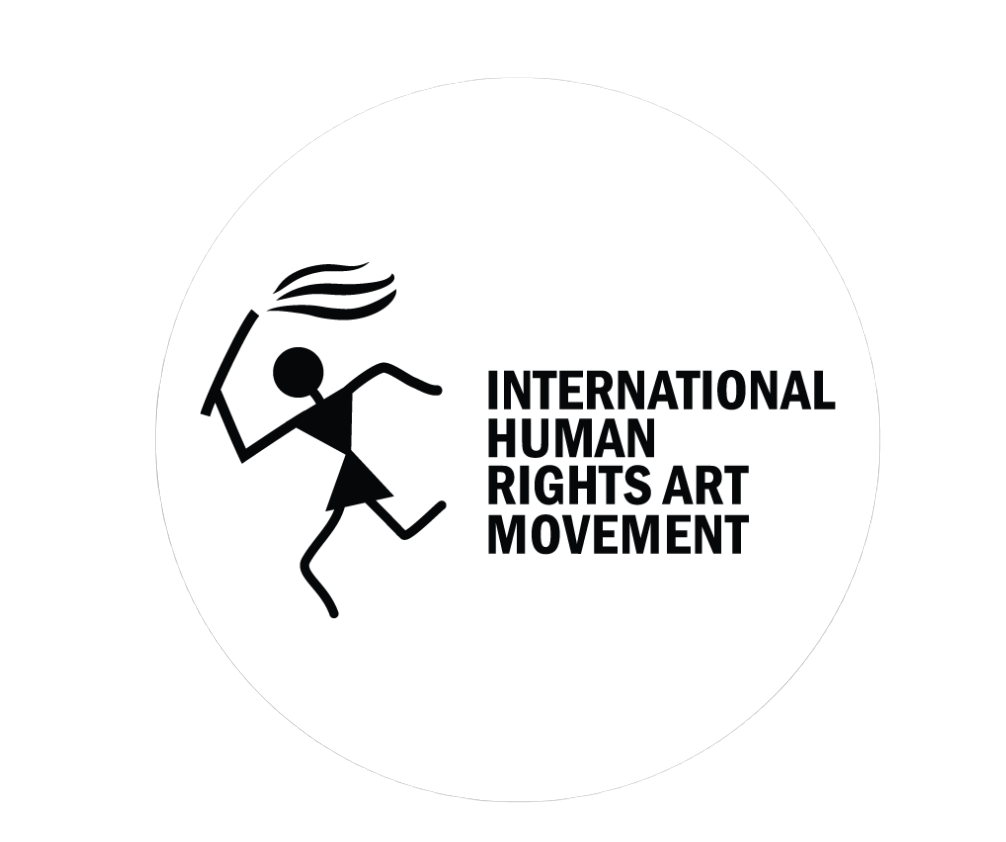Wole Adedoyin interviews Jil Okonma: Many Nigerian Artists Use Their Work to Raise Awareness About Issues Such as Poverty, Conflict, Police Brutality, and Inequality
WA: PLEASE KINDLY INTRODUCE YOURSELF.
JIL: My name is Jil Okonma, a multimedia artist from Delta State, Nigeria. I use my art to tell stories that explore the African experience. Art is a powerful tool, and I aim to create works that inspire empathy, critical thinking, and a deeper understanding of the human experience.
WA: TELL US MORE ABOUT ART IN YOUR COUNTRY.
JIL: The art scene in Nigeria is vibrant and diverse, filled with talented artists. It’s a space where people of all ages explore their creativity through unique and varied art forms.
WA: HAVE YOU HEARD ABOUT IHRAF BEFORE?
JIL: Yes, I’m familiar with IHRAF (International Human Rights Art Festival). It’s a fantastic platform that amplifies the voices of artists, promoting human rights and social justice through art.
WA: HOW ARE ARTISTS USING ART TO PROMOTE HUMAN RIGHTS IN YOUR COUNTRY?
JIL: Many Nigerian artists use their work to raise awareness about issues like poverty, conflict, police brutality, and inequality. Their artworks help create a deeper understanding of the challenges faced by everyday citizens.
WA: WHAT THEMES DO YOU PURSUE IN YOUR WORK?
JIL: My work focuses on cultural heritage, social justice, and the hustle and bustle of everyday life in Nigeria.
WA: WHAT TYPE OF ART DO YOU MOST IDENTIFY WITH?
JIL: I would say my art is a combination of different influences, including Afrofuturism and contemporary art.
WA: WHAT ROLE DOES THE ARTIST PLAY IN SOCIETY?
JIL: Artists have a responsibility to reflect the human experience, revealing both the beauty and imperfections that shape us. Through art, we can challenge perspectives and inspire change in society.
WA: WHAT IS YOUR FAVORITE ARTWORK?
JIL: That’s a tough one. But if I had to choose, it would be Bruce Onobrakpeya’s "Have You Heard." His simplistic yet creative approach to an everyday scenario is compelling, and I love how he incorporates familiar African clothing patterns to convey meaning.
WA: WHAT JOBS HAVE YOU DONE OTHER THAN BEING AN ARTIST?
JIL: I’ve worked as a graphic designer, an educator, and in the construction management industry.
WA: WHY?
JIL: Being an artist isn’t always financially rewarding, especially in this part of the world. I’ve often had to find other ways to support myself, to ensure I have a roof over my head and food on the table.
WA: WHAT IS YOUR ARTISTIC OUTLOOK ON LIFE?
JIL: For me, an artistic outlook means viewing the world as a complex, interconnected web of experiences and perspectives. It’s about finding beauty and meaning even in the most mundane activities.
WA: WHAT MEMORABLE RESPONSES HAVE YOU RECEIVED ABOUT YOUR WORK?
JIL: I’ve had audiences share personal stories and emotions that resonate with my art. It’s a humbling reminder of the impact that art can have.
WA: WHAT DO YOU DISLIKE ABOUT THE ART WORLD?
JIL: Despite its influence, art is often underappreciated and overlooked in favor of other pursuits. This has led to the commercialization and commodification of art, where its value is measured by market appeal rather than cultural significance.
WA: WHAT DO YOU DISLIKE ABOUT YOUR WORK?
JIL: I’ve come to accept that my art is always evolving. While there may be flaws, I view them as part of my journey and growth as an artist.
WA: WHAT DO YOU LIKE ABOUT YOUR WORK?
JIL: As a self-taught artist, I love the raw expressions and unbridled creativity in my work. The freedom to explore and experiment has allowed me to develop my own unique voice. My art reflects this journey, and I find joy in that process.
WA: SHOULD ART BE FUNDED?
JIL: Absolutely! Throughout history, many iconic works of art have been made possible by patronage. Their lasting value proves the impact of investing in art.
WA: WHAT ROLE DOES ART FUNDING PLAY?
JIL: Art funding can support the development of emerging artists, giving them the opportunity to explore their passion. It allows for experimentation and innovation, potentially leading to new art forms and cultural movements.
WA: NAME THREE ARTISTS YOU’D LIKE TO BE COMPARED TO.
JIL: Bruce Onobrakpeya for his storytelling and portrayal of Nigerian life. Chevellin Pierre for his captivating illustrations. And Nike Monica Okundaye for her dedication to cultural heritage and her impact on the Nigerian art community.
WA: WHAT IS THE BEST PIECE OF ADVICE YOU'VE BEEN GIVEN?
JIL: Keep drawing.
WA: WHAT IS YOUR FUTURE GOAL?
JIL: To make art more accessible and inspire future generations, just as I’ve been inspired by those before me.
WA: YOUR PROFESSIONAL ADVICE TO UPCOMING ARTISTS?
JIL: Keep drawing.
Jil Okonma is a self-taught Nigerian digital artist, passionate about storytelling that celebrates African culture and experiences. Through vibrant illustrations and graphic designs, Jil explores themes showcasing African excellence, resilience, and beauty. With a keen eye for detail and a love for narrative, Jil seeks to create art that inspires and connects people to the African continent. In this interview with Wole Adedoyin, he shares insights on his work and artistic journey.
